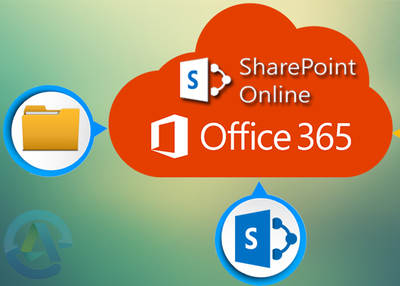McAfee is a simple antivirus toolkit that comes at a user-friendly cost. It is programmed, marketed, and distributed by an enterprise named McAfee International Inc. under the ownership of IBM, TPG Capital, Thoma Bravo, and other partners.
The prominent cybersecurity product offers many useful features such as parental controls, mobile protection, cloud storage, avant-garde optimization, smart firewall, custom and full scan, web protection, etc.
However, McAfee products such as McAfee LiveSafe and McAfee Total Protection have been constantly criticized for memory overuse and making the system slow. In this blog, we will deal with this problem and some solutions to troubleshoot this problem more efficiently.
Problem
McAfee antivirus is renowned for high memory use, resulting in various complications such as data loss and the slowdown of a computer system. Read the solutions listed below to fix this problem.
Tech Environment
Your work environment needs to be well-equipped with McAfee VSE (version 8.8.x.) to troubleshoot high memory usage errors. Along with that, if you are using a Windows computer, then you should also possess Microsoft PerfMon and Microsoft PoolMon.
McAfee’s technical support team also recommends that all users use software such as PerfMon and PoolMon, and Microsoft Windows Task Manager to deal with memory usage and performance issues.
Solution
Windows Task Manager
The first thing McAfee recommends you to do to fix the memory problem is to run Windows Task Manager if you are Windows PC and then monitor and verify memory usage. A few pointers specified below would make the whole process straightforward. Please review and perform the instructions mentioned here-
-
From your keyboard, use the hotkeys Ctrl+Alt+Delete.
-
From the given option, identify and select “Task Manager.”
-
Now, read the enlisted option and search for the option “Performance.” Select the tab once you have found it.
-
You will be given a few parameters, and you can then judge how much they decrease with time.
-
For example, you can see the values of “Physical Memory (K).” You can check whether the value decreases as time passes and whether the decrease is abnormal.
-
An abnormal decrease in memory value might indicate the possibility of a memory or a presence of an undetected threat in the system.
-
After that, you can also hover over the section “Kernel Memory (K).” Under that section, you can monitor and identify whether the suspected memory leak is from a kernel-paged and non-paged memory leak.
-
The “Kernel Memory (K)” section in the Task Manager would enable you to notice alterations in the non-paged and paged parts of the memory.
-
Now, after taking some time to observe and monitor, if you have noticed the presence of a leak, you should proceed to tap on the “Processes” tab.
-
Then, choose the “View” tab.
-
Afterward, choose the “Columns” option and proceed to enable the options mentioned here: Virtual Memory Size, Paged Pool, Handle Count, Thread Count, Non-Paged Pool, Virtual Memory Size, etc.
-
Stay in the “Processes” section, click on the option “Mem Usage” to find out the program utilizing the most memory bits and to keep it at the top for observation and monitoring.
PerfMon and PoolMon
While running this two software, you need to understand that you should be using the latest versions of the Windows Operating System or at least a version, which has come after Windows 2003. The main reason behind this is that if you use XP Profession, you will observe that pool tagging is not enabled. To enable pool tagging in XP Professional, you would have to use the Glags.exe file.
-
In your XP computer, select “Run” and then input cmd before pressing Enter. Afterward, present the command line: gflags/r+prg. Then, restart your computer.
-
Launch PerfMon and PoolMon on your Windows computer, and follow the detailed steps further.
PerfMon and PoolMon are the two software in the Microsoft Windows Driver Kit and aids users in a detailed and extensive analysis of the computer, which does help in singling out complex memory leaks.
Final Words
A memory leak is a common problem in McAfee protected systems, resulting in data loss if not detected soon. There are several reasons for the memory leak, and some can even be complex. A user can try monitoring the situation using Task Manager to single out the source of the memory leak or run some comprehensive tools such as PerfMon and PoolMon.
Source :- https://offsetup.wordpress.com/2021/09/20/how-to-fix-high-memory-use-problem-in-mcafee-with-vse/
Alice Martin arrived on the cyber security scene in the early 2000s when virus and malware were still new and slowly evolving. Her longtime affair with writing with an interest in the cybersecurity industry, combined with her IT degree, has contributed to experience several aspects of security suite industry such as blogging at mcafee.com/activate
























